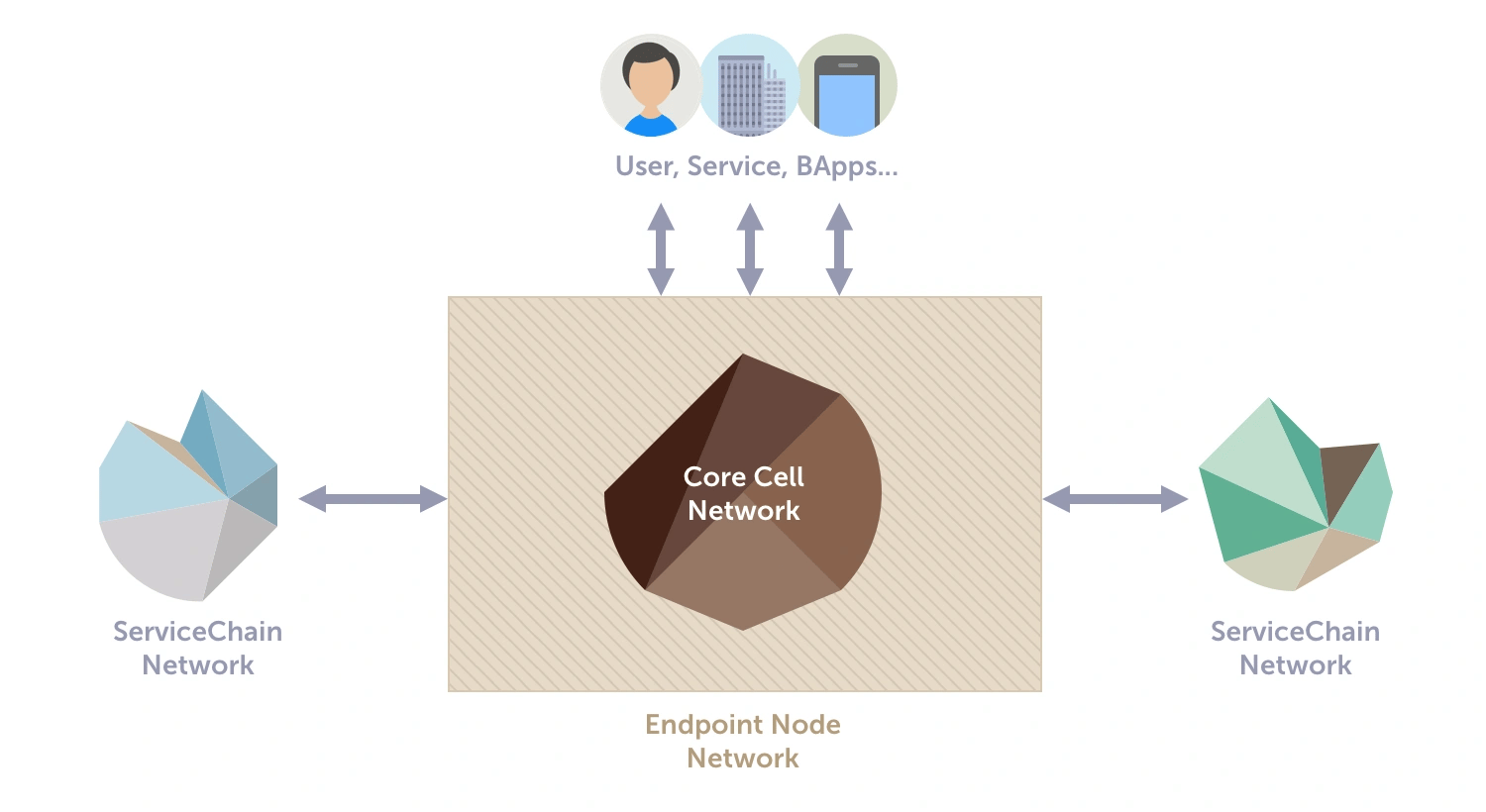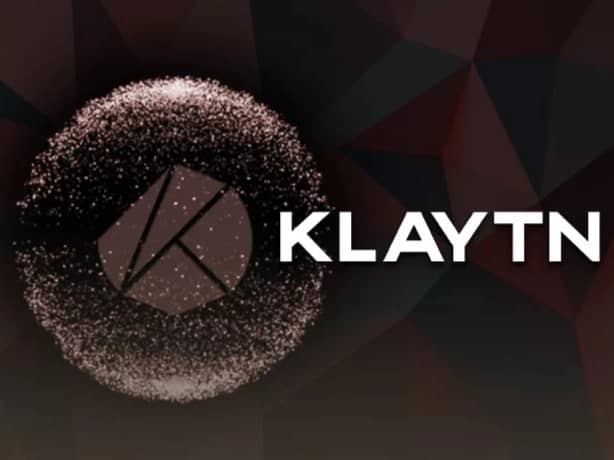Subscribe to wiki
Share wiki
Bookmark
Klaytn
The Agent Tokenization Platform (ATP):Build autonomous agents with the Agent Development Kit (ADK)
Klaytn
Klaytn is a public blockchain platform launched by Ground X. Released in 2019, Klaytn is the dominant blockchain in Korea, having secured the Central Bank Digital Currency (CBDC) project with the Bank of Korea. Klaytn is also integrated with KakaoTalk via its crypto wallet Klip. [7][8]
History
In June 2019, GroundX, the blockchain subsidiary of Kakao Corporation, introduced Klaytn as a Layer 1 blockchain and metaverse solution platform. Kakao established the Klaytn Foundation in 2021. [13]
The development of Klaytn is overseen by the Governance Council, which is an alliance comprising Decentralized Autonomous Organizations (DAOs) and multinational organizations, operating under the Klaytn Foundation. [13]
Overview
Klaytn is a Byzantine fault tolerance consensus-based public blockchain developed by internet giant Kakao Corporation. Klaytn launched its mainnet, Cypress, on Jun 27, 2019. It is also the blockchain platform for the Central Bank Digital Currency (CBDC) project with the Bank of Korea, by way of private blockchain deployment.[9]
Klaytn can be divided into three distinct logical subnetworks: core cell network (CCN), endpoint node network (ENN), and service chain network (SCN). CNN and ENN together constitute the main chain or mainnet of Klaytn. Blockchain Applications have the option to operate on the Klaytn main chain, also known as Cypress, or they can function on their individual blockchains known as Service Chains. [12]
Istanbul Byzantine Fault Tolerance (BFT)
Klaytn incorporates the Istanbul Byzantine Fault Tolerance (BFT) consensus algorithm into its hybrid consensus mechanism. This mechanism combines proof-of-work (PoW) and proof-of-stake (PoS) to achieve a balanced approach. [13]
In a PoW system, miners compete to solve complex mathematical problems, verifying transactions and appending them to the blockchain. This process demands significant computational power, and the miner who successfully solves the problem first receives a certain amount of the associated cryptocurrency as a reward. [13]
In contrast, a PoS system validates transactions based on the amount of cryptocurrency held by a user rather than their computational power. Users with a substantial cryptocurrency stake have a higher likelihood of being selected to validate transactions and add them to the blockchain. They are rewarded with a portion of the transaction fees for their contribution. [13]
By utilizing a hybrid consensus algorithm, Klaytn leverages the advantages of both PoW and PoS. PoW is employed for initial block validation, while PoS is utilized for final block confirmation. This enables Klaytn to process transactions with greater speed and efficiency while maintaining a high level of security. [13]
The Istanbul Byzantine Fault Tolerance (BFT) algorithm is designed to withstand "Byzantine faults," which refer to errors or malfunctions that can occur in a distributed system, such as a network of computers. Istanbul BFT facilitates consensus among nodes regarding the state of the ledger, even in the presence of errors or malfunctioning nodes. [13]
In the Istanbul BFT algorithm, nodes communicate and participate in voting to determine the validity of transactions. If a sufficient number of nodes reach agreement on a transaction's validity, it is added to the ledger. Conversely, if consensus is not achieved, the transaction is rejected. This process guarantees that only legitimate transactions are appended to the ledger, preserving its consistency and accuracy. [13]
Klaytn can be divided into three distinct logical subnetworks: core cell network (CCN), endpoint node network (ENN), and service chain network (SCN). CNN and ENN together constitute the main chain or mainnet of Klaytn. Blockchain Applications have the option to operate on the Klaytn main chain, also known as Cypress, or they can function on their individual blockchains known as Service Chains. [13]

Core Cell Network (CCN)
The Core Cell Network (CCN) comprises Core Cells (CCs) which are responsible for verifying and executing transactions received from Endpoint Nodes (ENs). The primary function of CCN is to generate and distribute blocks across the network. [12]
Endpoint Node Network (ENN)
Endpoint Node Network (ENN) is composed of Endpoint Nodes (ENs) that primarily engage in transaction creation, manage RPC API requests, and handle data requests from service chains. [12]
Service Chain Network (SCN)
Service Chain Networks (SCNs) are subnetworks within Klaytn that consist of auxiliary blockchains operated independently by dApps (Decentralized Applications). These service chains are connected to the main chain through Endpoint Nodes (ENs). [12]
Tokenomics
KLAY is the native currency of Klaytn and can be used for transaction fee payment, KLAY staking, as a medium for exchange, etc. Initially, 10 billion tokens were issued and additional KLAY are issued through subsequent new block creations. [10]
Funding Structure
Klaytn’s funding structure runs continuously with Klaytn network’s block generation. With every new block, newly issued KLAY and the sum of transaction fees used in the block (collectively called “block reward”) are aggregated and distributed to the following three destination accounts in accordance with the predetermined ratio:
- Klaytn Governance Council Reward: 34%
- Klaytn Growth Fund (KGF): 54%
- Klaytn Improvement Reserve (KIR): 12%
Klaytn Governance Council
Klaytn Governance Council is the collective group of Core Cell Operators (CCOs). Council members are responsible for maintaining Core Cells (CCs), which makes the Council an essential body in the Klaytn ecosystem responsible for providing the underlying infrastructure. To secure its reliability, the early members of the Governance Council were limited to trusted organizations. To become a Council member, the candidate must undergo a qualification review by the Klaytn Governance Process and must stake at least 5 million KLAY. The Klaytn Governance Council Reward is a structure for incentivizing Council members to continue to provide a stable foundation for the Klaytn ecosystem.
Klaytn Growth Fund
The Klaytn Growth Fund (KGF) provides grants and invests in various organizations and individuals that contribute to the Klaytn economy. During its initial phase, digital asset applications and infrastructures will be some of its focus areas. To operate the KGF, various programs for promoting the adoption of Klaytn in the digital asset industry may be included. It will be constantly financed through a certain percentage of the block rewards.
Klaytn Improvement Reserve
The Klaytn Improvement Reserve (KIR) is created for investment and research on the Klaytn ecosystem. KIR proposals can be created by any participant in Klaytn’s ecosystem. Once a spending proposal has passed, KLAY will be distributed periodically, from a predetermined total amount, based on the project’s level of progress. This process may change based on the project size but is planned to be processed monthly.[11][3]
See something wrong?
The Agent Tokenization Platform (ATP):Build autonomous agents with the Agent Development Kit (ADK)
